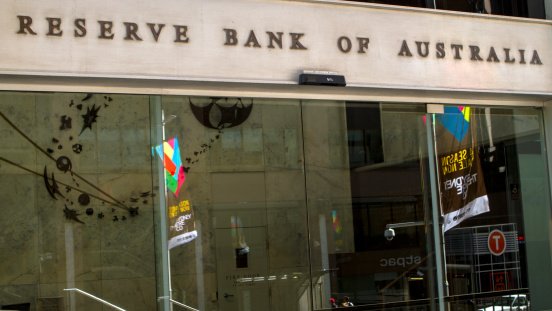RBA’s ‘Narrow Path to Achieving a Soft Landing’ Getting Narrower
RBA’s Statement on Monetary Policy
RBA’s Statement on Monetary Policy points to rising concerns around domestic inflation pressures. The Reserve Bank has released its February Statement on Monetary Policy (SoMP). The highlight of these Statements is usually the Bank’s revised forecasts for growth, unemployment and inflation. However, this time around it was the more detailed picture around underlying inflation.
According to the latest SoMP, the Reserve Bank of Australia (RBA) is facing a challenging task of navigating the economy towards a soft landing. With inflation pressures on the rise, the RBA must carefully manage its monetary policy to ensure stable economic growth while keeping inflation in check.
Rising Inflation Pressures
The RBA’s statement highlights the mounting concern around domestic inflation pressures. With the global economy rebounding from the impacts of the ongoing pandemic, demand for goods and services is increasing. This surge in demand is putting upward pressure on prices, leading to higher inflation rates.
The RBA acknowledges that achieving a soft landing, where economic growth remains steady while inflation stays within the target range of 2-3%, is becoming increasingly challenging. The central bank must tread carefully to avoid overheating the economy or causing a sharp slowdown.
Effects on Individuals
Individuals may feel the impact of rising inflation through higher prices for goods and services. As inflation rates increase, the cost of living can rise, eroding the purchasing power of consumers. This could lead to a decrease in real wages and a need for tighter budgeting to manage expenses.
For borrowers, rising inflation may also lead to higher interest rates as the central bank adjusts its monetary policy to curb inflation. This could result in increased costs for mortgages, loans, and other forms of credit, making it more expensive for individuals to borrow money.
Global Implications
The RBA’s concerns around domestic inflation pressures have implications beyond Australia’s borders. As one of the world’s major economies, developments in Australia can impact global economic trends. Rising inflation in Australia could contribute to broader inflationary pressures worldwide, affecting global markets and trade flows.
Central banks in other countries may also take note of the RBA’s challenges in managing inflation and use this information to inform their own policy decisions. The interconnected nature of the global economy means that actions taken by one central bank can have far-reaching effects on other economies.
Conclusion
The RBA’s ‘Narrow Path to Achieving a Soft Landing’ is indeed getting narrower as domestic inflation pressures rise. With the economy facing challenges from both internal and external factors, the central bank must carefully navigate its monetary policy to maintain economic stability while managing inflation. Individuals may feel the effects of rising inflation through higher prices and borrowing costs, while global markets will also be influenced by developments in Australia. As the RBA continues to monitor the situation, it remains to be seen how the economy will respond to these growing pressures.





